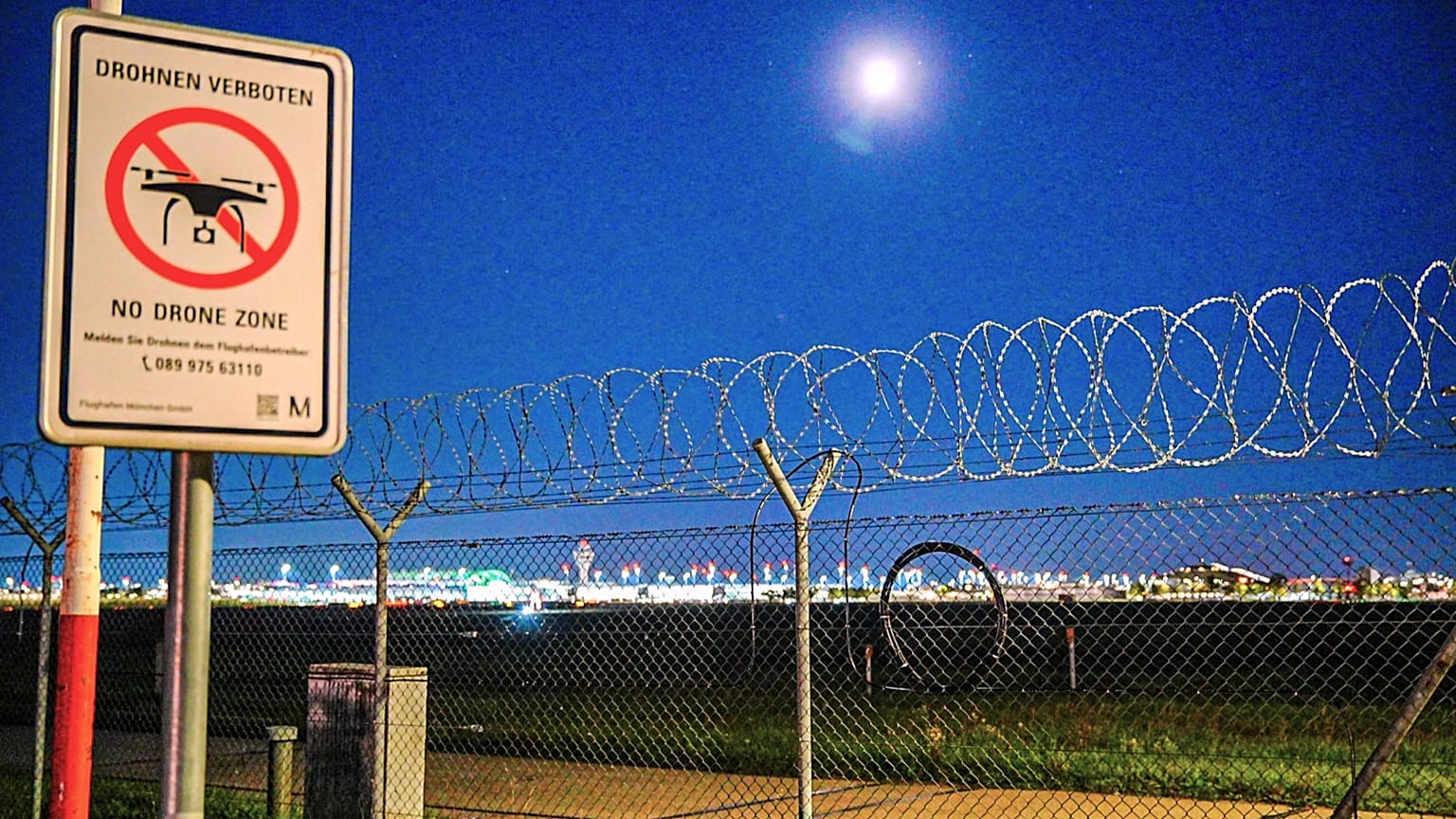Hace una década, Alemania tomó una decisión sin precedentes que cambiaría su escenario social y político en los años siguientes. En 2015, en el apogeo de la crisis migratoria europea, el país acogió a cerca de un millón de refugiados, la mayoría huyendo de la guerra y la inestabilidad en Siria, Irak y Afganistán. Fue una acción que capturó la atención mundial, generando tanto elogios por su liderazgo humanitario como intensos debates sobre sus implicaciones a largo plazo.
Today, ten years on, Germany represents an example of how significant migration can change a country. The decision led to major changes in population makeup, job markets, governance, and cultural self-perception. Although the integration journey has experienced both achievements and obstacles, the situation still influences national discussions concerning migration, safety, and Europe’s future.
The decision that changed modern Germany
When then-Chancellor Angela Merkel declared “Wir schaffen das” — “We can do this” — in response to the refugee influx, it marked one of the boldest policy statements in German history. Merkel’s government opted for an open-door approach at a time when many nations were closing their borders. Trains filled with exhausted families arrived in Munich and other cities, greeted by volunteers offering food, water, and shelter.
Germany received global acknowledgment for its humanitarian action, yet it simultaneously encountered considerable difficulties. Local governments were under intense strain to deliver housing, medical services, and educational opportunities to hundreds of thousands of new arrivals. The nation needed to swiftly adjust, rolling out extensive integration initiatives focused on language learning, employment opportunities, and cultural acclimatization.
Economic impact and workforce transformation
One of the most discussed issues back then was whether Germany could accommodate such a substantial influx of people without putting pressure on its economy. Ten years on, the answer is complex but generally affirmative. Although integration into the workforce was gradual at first, particularly for those lacking in education or professional background, numerous refugees have since secured jobs in industries experiencing a scarcity of labor.
Germany’s demographic trends, characterized by an aging populace and decreasing birth rates, have rendered immigration essential for maintaining economic expansion. Refugees have helped occupy positions in sectors like manufacturing, logistics, and healthcare. Economic research indicates that the initial expenses related to resettlement initiatives have been somewhat balanced by the tax payments from refugees who have joined the workforce.
However, inequalities persist. Although some individuals with advanced skills have managed to move into specialized sectors successfully, others still deal with challenges such as language, acknowledgment of overseas credentials, and bias in hiring procedures. Policymakers stress the importance of sustained investment in education and vocational training to completely unlock the economic possibilities of this group.
Integration of cultures and social dynamics
The influx of refugees also brought significant cultural changes. Communities that had been largely homogenous a decade ago are now more diverse, with Middle Eastern and African influences visible in local markets, schools, and neighborhoods. This cultural shift has enriched Germany’s social fabric but has also sparked debates over identity, values, and assimilation.
Programs promoting cultural exchange and community engagement have played a key role in fostering cohesion, yet tensions have emerged in some areas. Concerns about housing shortages, competition for social services, and isolated incidents of crime have fueled populist narratives that blame immigration for societal challenges. These sentiments have contributed to the rise of far-right movements and parties that advocate for stricter immigration policies.
Despite these tensions, surveys indicate that public opinion on immigration in Germany remains more balanced than in many other European countries. A significant portion of the population recognizes the humanitarian necessity of providing refuge, even while expressing concerns about integration and security.
Impact of politics and changes in policy
The choice to welcome one million refugees marked a pivotal moment in German political history. It strengthened the backing of humanitarian principles among progressive groups, yet also fueled the rise of populist and nationalist factions. The Alternative for Germany (AfD), a right-wing political party, leveraged anti-immigration feelings to secure parliamentary seats, altering the political scene and compelling major parties to make migration a key topic in elections.
Over the past decade, Germany has refined its asylum and immigration policies, balancing humanitarian obligations with stricter border controls and agreements with other countries to manage migration flows. Recent legislation emphasizes integration through language courses, job training, and civic education, aiming to reduce dependence on social welfare and promote self-sufficiency among newcomers.
Impact on education and community life
Schools throughout Germany have undergone significant transformations as classrooms have become more linguistically and culturally varied. Educators modified curricula to assist students with limited German language skills, and local authorities invested in extra resources for language education.
This shift presented challenges but also opportunities. Many educators report that increased diversity has enriched classroom discussions and fostered global awareness among German students. Community initiatives, including mentorship programs and intercultural events, have played an important role in bridging gaps between locals and newcomers.
Insights from ten years of migration
As Germany reflects on the past ten years, experts point to several key lessons. First, large-scale migration requires not only logistical preparedness but also sustained political commitment and societal support. Second, integration is a long-term process that goes beyond employment — it encompasses cultural adaptation, social inclusion, and equal opportunity.
Ultimately, Germany’s journey highlights the advantages and intricacies of immigration in a connected world. Although the nation has encountered significant challenges, it has also achieved economic robustness and cultural richness. For numerous refugees, Germany represents a land of security and chances, whereas for Germany, this journey has both tested and confirmed its position as a forerunner in humanitarian policy.
As global migration challenges arise, Germany’s experience provides crucial lessons on managing the balance between empathy and pragmatism. The coming ten years will reveal if the groundwork established in the last decade will foster greater integration and social harmony, or if ongoing conflicts will keep influencing political and cultural discussions.





